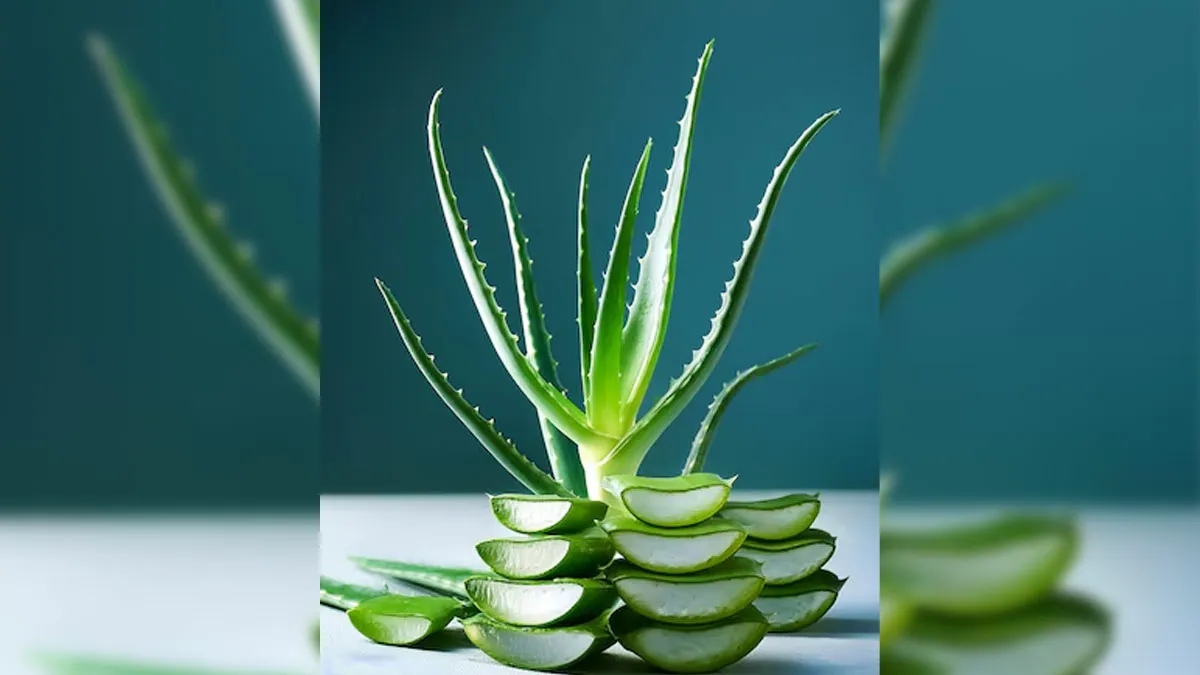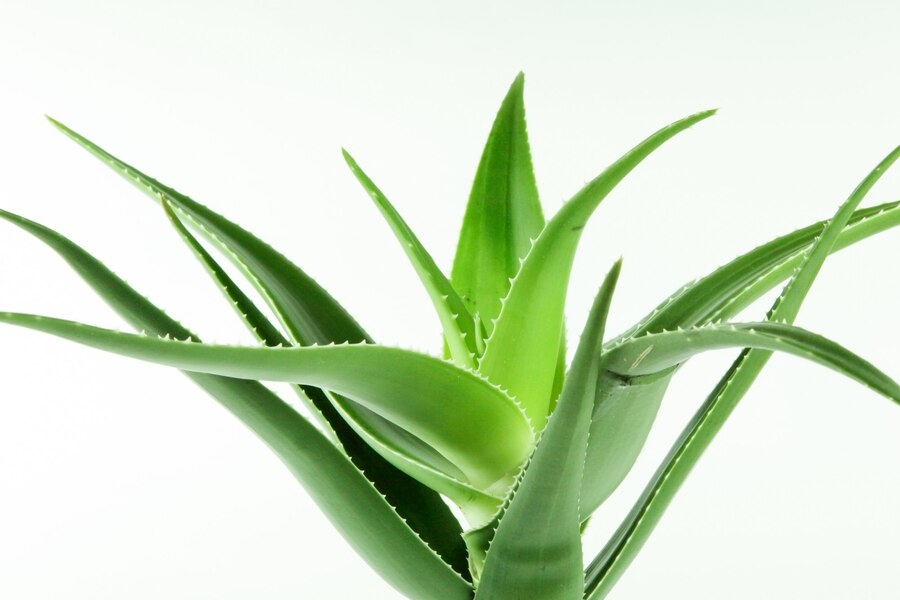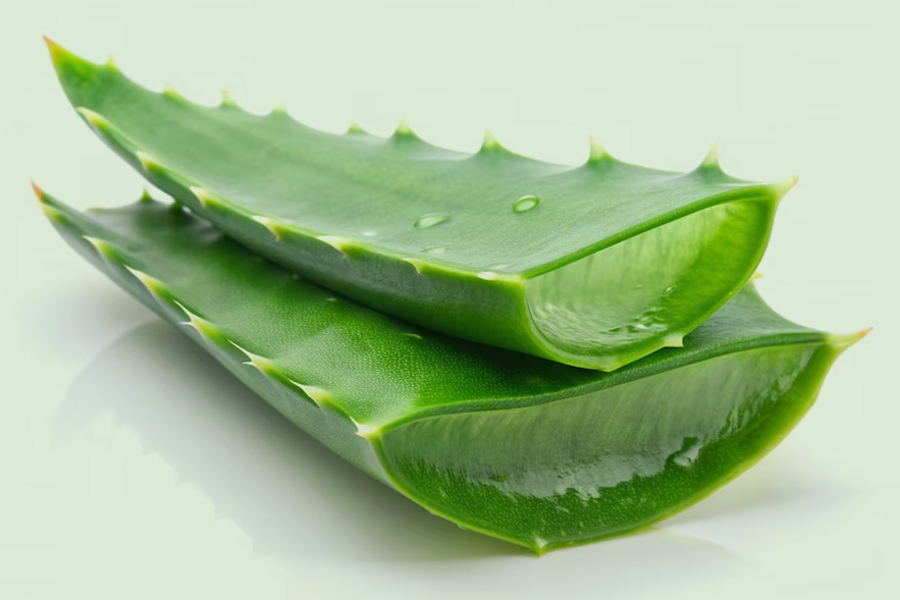
How To Take Care Of Aloe Vera Plant: Dos And Don’ts For Healthy Growth
Aloe vera is a popular houseplant known for its healing properties. Many people use the gel from aloe leaves to soothe sunburns, minor burns, and skin irritations. While aloe vera is often linked with sun care due to its hydrating effects, it offers additional benefits as a houseplant. Aloe plants are low-maintenance and thrive with minimal care, making them a great choice for both indoor and outdoor gardens. If you own an aloe vera plant, here’s a simple guide on how to care for it properly.
Aloe Vera Plant Benefits
Aloe vera is an excellent air-purifying plant, making it a great choice to freshen up your living space and improve air quality, which can promote better sleep. Besides its anti-inflammatory benefits, aloe vera juice can detoxify the body. Well-known for soothing sunburns, the gel from aloe vera is also useful for treating acne, minor cuts, scrapes, and insect stings.
How To Take Care Of An Aloe Vera Plant
Aloe vera is an easy-to-care-for plant, but proper attention is essential to keep it thriving. We reached out to Swaminathan, a local gardener from Dwarka, who shared some helpful tips on how to care for a jade plant. Here’s a detailed guide with important dos and don’ts:
Dos:
Do use well-draining soil and a pot with drainage holes:
Aloe vera doesn't do well in waterlogged soil. Opt for a pot with holes at the bottom and soil that drains quickly, like a cactus mix or a blend with sand and perlite.

Do place the plant in bright, indirect light:
Aloe vera loves sunlight but needs 6-8 hours of indirect light daily. A spot near a window or a partly shaded outdoor area is ideal.
Do allow the soil to dry out before watering:
Only water your aloe when the soil is completely dry. This usually means watering once every 2-3 weeks, and less frequently in winter.
Don't Miss: How To Take Care Of A Jade Plant: Simple Tips For A Lush And Vibrant Plant
Do protect it from cold weather:
Aloe thrives in warm environments, so keep it where temperatures range between 55°F and 80°F (13°C to 27°C). Move the plant indoors if temperatures drop too low.
Do fertilise once a year:
Feed your aloe once a year in spring with a diluted succulent fertiliser to encourage growth during the active season.
Do repot when necessary:
Repot your aloe vera every 2-3 years to provide more space for root growth and refresh the soil.
Do remove baby plants (pups) and dead leaves:
Aloe plants produce small baby plants, or pups, at their base. These can be separated and replanted. Also, cut off any dead or damaged leaves to keep the plant healthy.
Don't Miss: How To Grow Aloe Vera In A Bottle: A Step-By-Step Guide
Don'ts:
Don’t water too often:
Overwatering is the most common mistake with aloe vera. Ensure the soil is completely dry between waterings and avoid water buildup in the pot. Don’t expose it to harsh direct sunlight for long periods. Too much direct sunlight can scorch the leaves. If this happens, move the plant to a spot with filtered light.

Don’t use regular potting soil:
- Aloe vera needs fast-draining soil. Ordinary potting soil retains too much water, increasing the risk of root rot.
- Don’t water the leaves.
- Water the soil directly and avoid splashing water on the leaves, as this can cause rot or fungal problems.
- Don’t let the plant freeze.
- Aloe cannot survive freezing temperatures. Bring it inside or protect it when it gets cold.
Don’t fertilise during the winter:
- Aloe enters dormancy in the colder months, so fertilising during this period can cause stress to the plant.
- Don’t let the plant get cramped in a small pot.
- If the aloe outgrows its pot, repot it into a larger one. A crowded plant won’t thrive and could become weakened.
By following these simple dos and don'ts, you can ensure your aloe vera remains healthy and vibrant with minimal care!
Keep reading Herzindagi for more such stories.
Credits: Freepik
Also watch this video
Herzindagi video